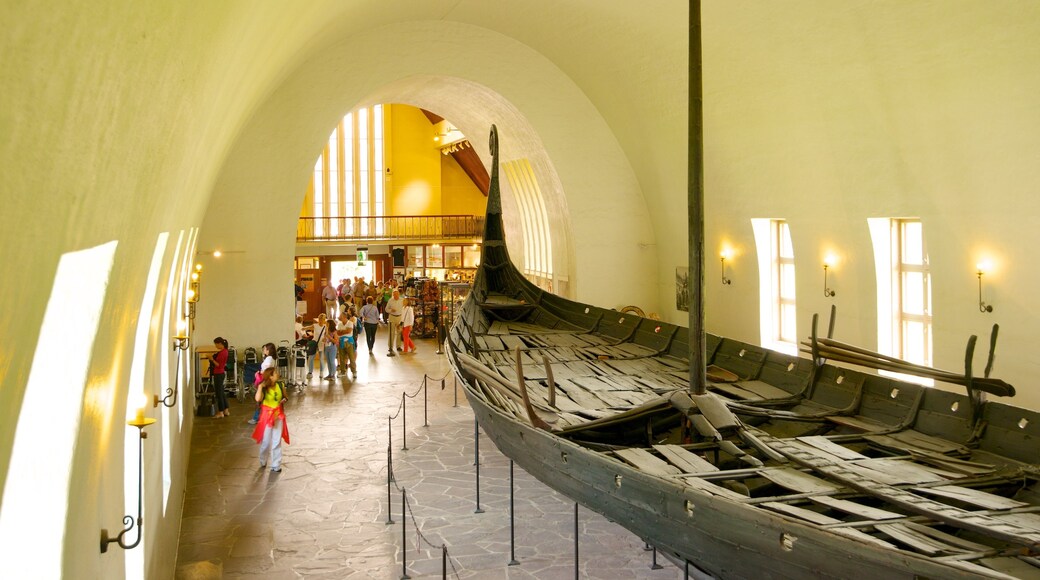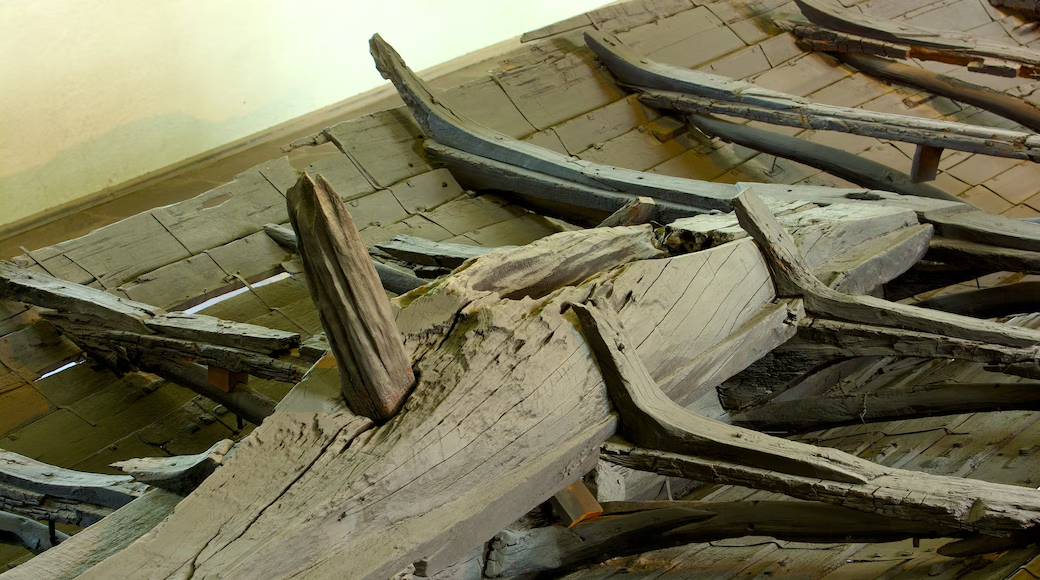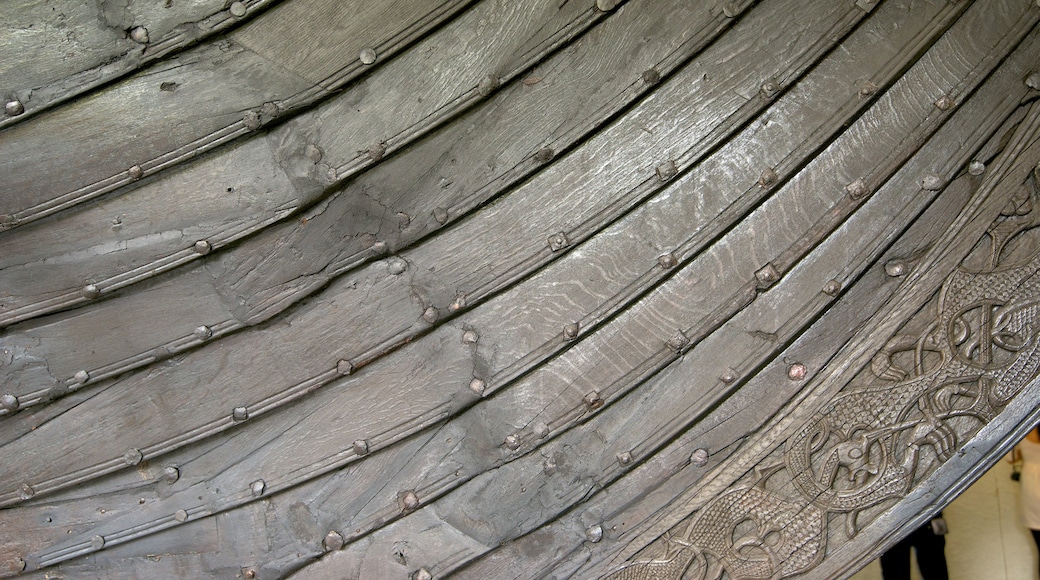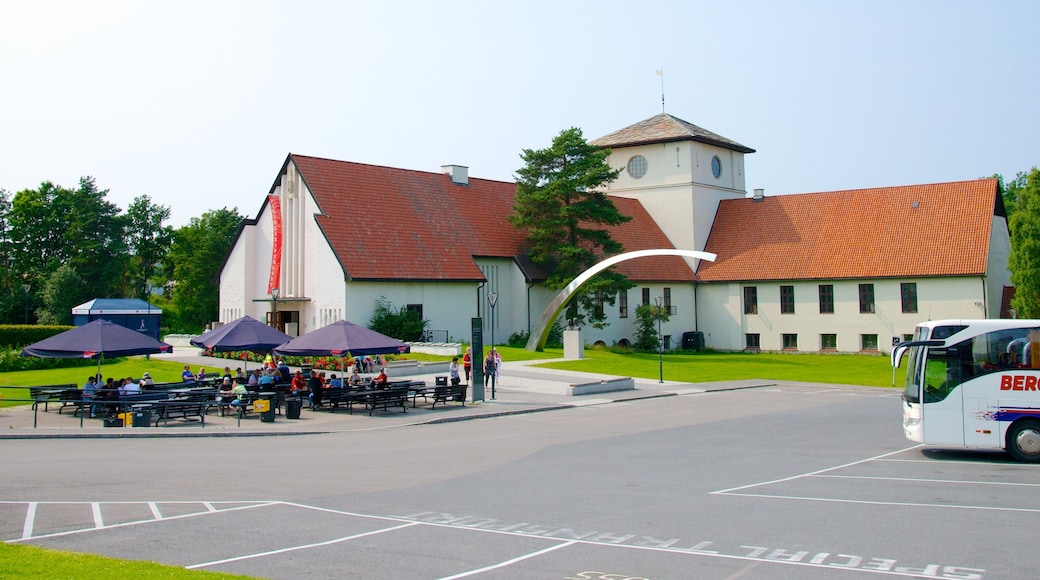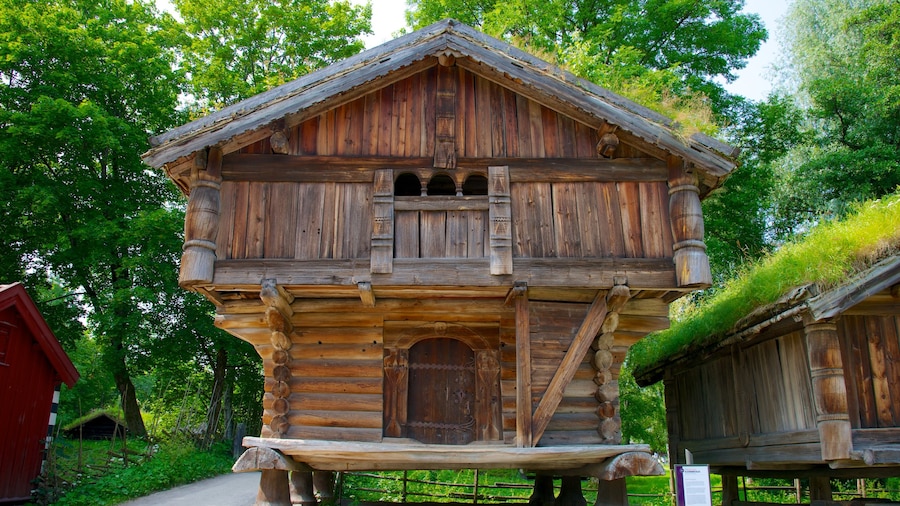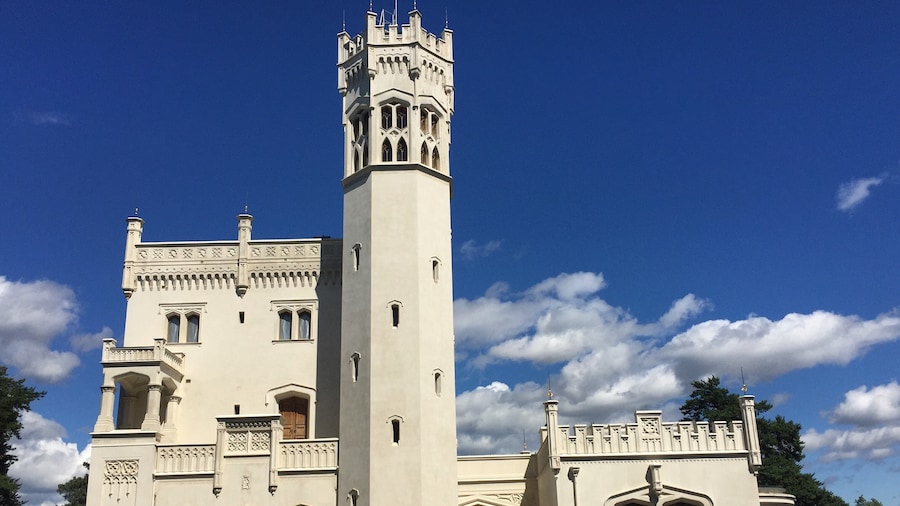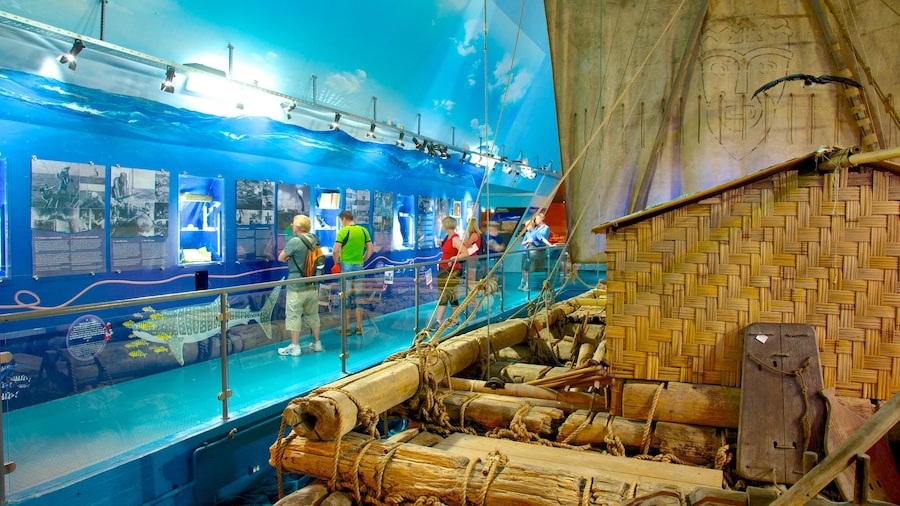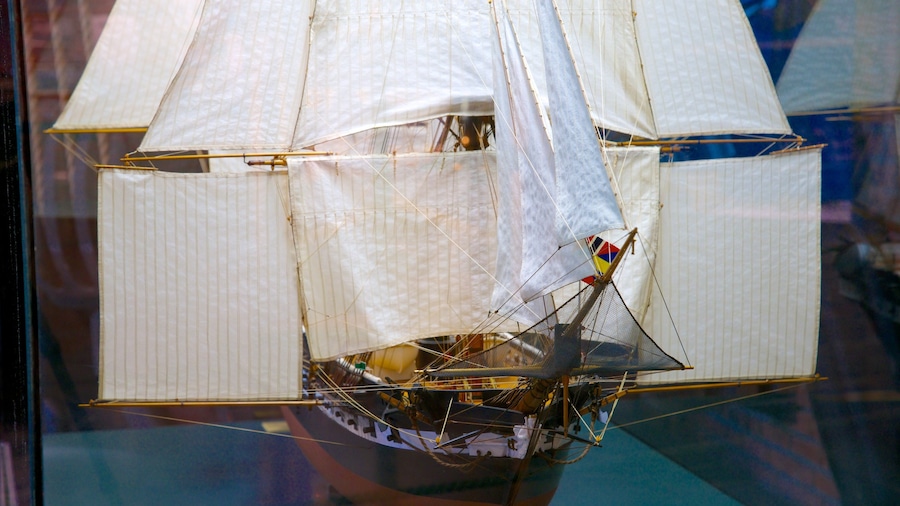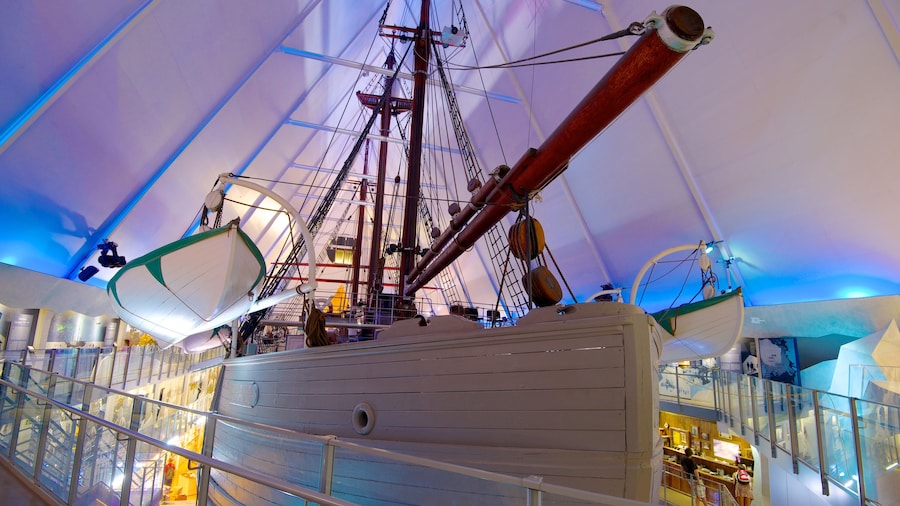See three ancient Viking craft that have been remarkably preserved for posterity.
The Viking Ship Museum is one of Oslo’s most fascinating visitor attractions. The museum houses three great Viking ships that were discovered in the years between 1867 and 1903 and have been painstakingly restored as closely as possible to their original condition.
The vessels date from the 9th century, during a time when the Vikings were at their most powerful. These notorious warmongers wreaked havoc across the whole of northern Europe with their pillaging raids on land and bloody battles for supremacy at sea. The astonishing beauty of their ships seems at odds with their reputation as fearless warriors.
The ships are named after the locations where they were found. The first craft to be discovered was the Tune, the smallest of the three and the most badly damaged in the process of excavation. The Gokstad and the Oseberg are in much better condition, thanks partly to the lessons learned from the first excavation. The Oseberg still has around 90 per cent of its original timbers, elaborately decorated with animal carvings including a dragon and a snake.
The fact that these ships survived for so long is down to their use as burial chambers for Viking chieftains. The noblemen and their possessions would be laid out in their favourite ships and encased in clay to preserve the wood and provide a safe passage to the afterlife. It is thought that the lavishly decorated Oseberg may have been used by members of the Viking aristocracy for ceremonial purposes.
Many of the original fixtures and fittings have been recovered and are on display in the museum, along with the ship owners’ personal possessions. There is also a wooden horse cart decorated with scenes from Viking legends.
The Viking Ship Museum is on the Bygdøy Peninsula, and is easy to reach by public transport. Car parking is available behind the museum and is free during the winter, however you have to pay in the summer. The museum is open every day except major public holidays for a small admission charge.
